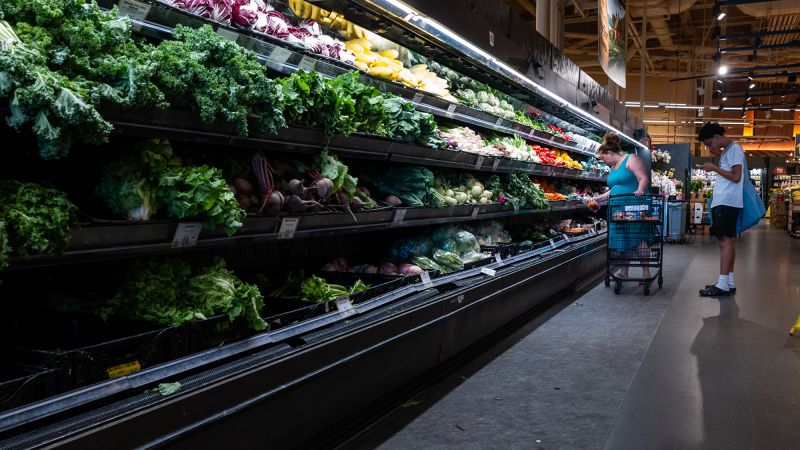In July, price hikes slowed more than expected, leading to the Consumer Price Index falling below 3% for the first time in over three years. This decline in inflation opens the door for the Federal Reserve to cut rates next month, after a prolonged battle with inflation which saw rates spiking to a 23-year high. With signs of stress in America’s economy, the Fed can now reduce borrowing costs in an effort to stimulate job growth once again.
Consumer prices increased by 2.9% for the 12 months ending in July, a slowdown from the previous month’s 3% annual gain. The Bureau of Labor Statistics’ latest CPI report showed a 0.2% increase in prices on a monthly basis, following a 0.1% decline in the prior month. The stock market responded positively to this news, with the S&P 500 gaining 0.2%, the Dow rising 0.04%, and the Nasdaq Composite adding 0.4%.
The cost of owning and renting a home rose by 0.4% in July, accounting for the majority of the overall increase in prices according to the BLS report. Economists were expecting a 0.2% monthly increase and an annual rise of 3%, according to Fact Set consensus estimates. Excluding volatile categories like gas and food, core CPI rose 0.2% from June, with its annual rate slowing to 3.2% from 3.3%.
Economists and analysts believe that the recent inflation data supports the case for the Fed to cut interest rates in the near future. With commodity prices deflating and moderate inflation in some service prices offsetting higher housing costs, the overall inflation rate has been moderated. Many prices in the CPI index have shown no net change over the last three months, indicating that the risks for the economy and labor markets are more on the downside rather than the upside for inflation.
The CPI has shown a noticeable cooldown in recent months, after briefly spiking earlier in the year. This trend continued with the latest report, which followed a positive June report where the overall index fell for the first time since April 2020. The Federal Reserve has been monitoring inflation closely, wanting to see sustained progress before adjusting monetary policy. However, recent data showing a slowdown in the labor market and rising unemployment has shifted priorities, with increasing concerns about a potential recession.













